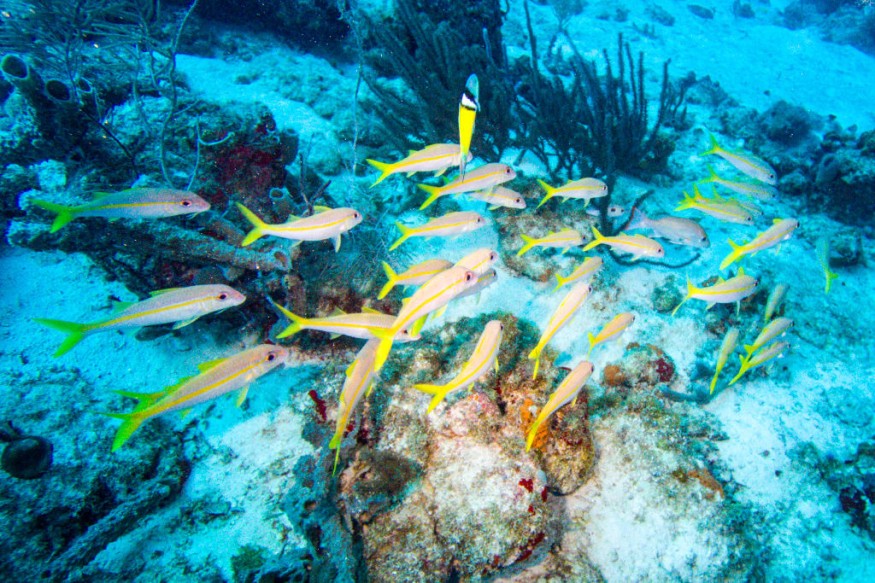A recent study reveals that artificial light at night (ALAN) emanating from coastline worldwide is behaving like a "midnight fridge", endangering young fish that may be lured towards it and subsequently consumed by predators drawn to the brightness.

Artificially Illuminated Corals Attract Small Fish
It has long been known that light pollution damages migratory birds, insects, and other animals in addition to impairing people's ability to see the night sky.
However, according to Jules Schligler, the study's lead author at the worldwide coral ecosystem research center in Mo'orea, French Polynesia, its effects on marine ecosystems have seldom ever been considered.
A decade ago, a satellite survey estimated that about 25% of the world's coastline, excluding Antarctica, was artificially illuminated and probably by today, it's likely far higher.
The artificially lighted corals first attracted fish larvae and then predators that ate them, according to the study, which involved setting up 12 coral test sites in the waters near Mo'orea and beaming an underwater light on half of them.
Schligler reported that compare to the naturally lit control site, corals with artificial light attracted two to three times more fish. Because there are more opportunistic fish passing by and predators that prey on larval fish, the coral with the light is not a good place for the fish to live.
The results, which were presented at the Society for Experimental Biology meeting in Prague, concentrated on two species: blue-green chromis (Chromis viridis) and yellowtail dascyllus (Dascyllus flavicaudus), although they may be applied more widely.
ALAN is the result of human activity, such as the usage of electrical lights in workplaces, homes, resorts, and along highways that are close to bodies of water.
The impacts of ALAN are ubiquitous, and marine life is not immune to them. Impacted areas comprise 25% of the world's shoreline, and the percentage is rising annually.
Read Also : Synchronized Coral Spawning: Experts Finally Uncover Secrets Behind This Mysterious Phenomenon
Light Pollution Is A Danger To Fish Population
Experts claimed that the results of the study showed artificial light to be yet another danger to the populations of marine animals and the coastal ecosystems. Schligler also stated that additional research was necessary, even if artificial light would seem to assist predator fish.
"It could be bad for their sleep, or they could eat too much, we don't yet know," he added.
Oren Levy, the head of the molecular marine ecology laboratory at Israel's Bar-Ilan University, praised the Mo'orea research findings, stating they were consistent with his own work.
Levy said that the Mo'orea study showed artificial light was adversely influencing fish's aging process and overall health, in addition to the risk of being eaten. He went on, citing a prior study that shown how artificial light disrupted coral reproduction and led to their collapse, to demonstrate how it also damages the reefs.
Positively, Levy and Schligler claimed that it was simple to prevent light pollution by use timers and shades, among other techniques.
essential to investigate as many elements as possible to improve our understanding of fish resource management and replenishment, such as the effects of light pollution, which are rarely taken into account.
Related Article : Clownfish in Coastal Reefs Could Be Dying From Artificial Light Sources
© 2025 NatureWorldNews.com All rights reserved. Do not reproduce without permission.





